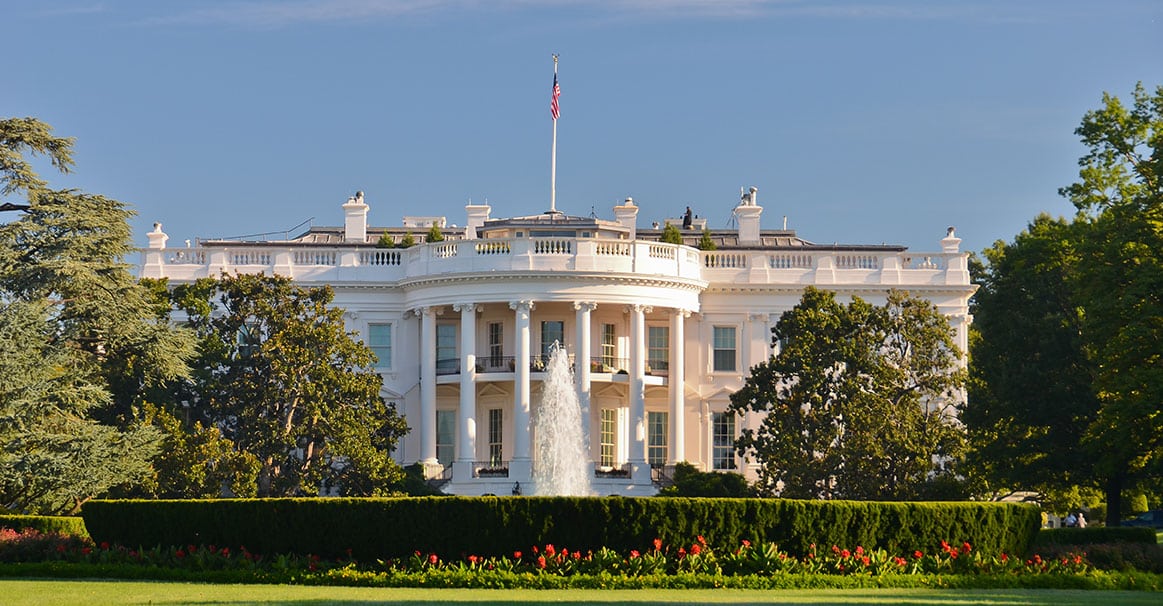What is Trump’s Regulatory Freeze, and What Does It Mean for Federal Rulemaking?

On January 20, 2025, President Trump issued an executive memorandum announcing a “regulatory freeze” that pauses all federal rulemaking activities across executive departments and agencies. Key highlights include:
No New Rules
Proposed or final rules cannot move forward until reviewed and approved by an appointee designated by the President. Exceptions may apply for emergencies or urgent circumstances, such as those with statutory or judicial deadlines, as determined by the Director or Acting Director of the White House’s Office of Management and Budget (OMB).
Immediate Withdrawal
Any rules submitted to the Federal Register but not yet published, or issued in any manner but not yet effective, must be withdrawn for review.
60-Day Delay
Agencies are directed to postpone the effective dates of any rules published in the Federal Register or issued but not yet effective by 60 days. During this period, agencies may open a comment period for public input on issues of fact, law, and policy.
Rules that raise no substantial questions of fact, law, or policy upon review by a political appointee may proceed. Those that raise concerns will require additional agency action in consultation with the incoming OMB Director, who has been authorized to establish a review process and oversee the implementation of this memo.
FDA rules that have been recently proposed or have not yet taken effect include:
- FSMA Final Rule on Requirements for Additional Traceability Records for Certain Foods — originally set for compliance on January 20, 2026, and a key component of the FDA’s New Era of Smarter Food Safety Blueprint, this rule establishes additional traceability recordkeeping requirements for entities that manufacture, process, pack, or hold foods on the Food Traceability List.
- Rule revoking the use of red dye No. 3 in foods — this rule, set to take effect on January 27, 2027, was issued in response to a petition demonstrating that this additive induces cancer in male rats, revokes the use of red dye No. 3 in foods (including dietary supplements) and ingested drugs, is set to take effect in.
- Final rule on Food Labeling: Nutrient Content Claims; Definition of Term “Healthy” — formally effective February 25, 2025, with a compliance date of February 25, 2028, this rule updates the definition of “healthy” to align with current nutritional science and federal dietary guidance. It revises the criteria for when the term “healthy” can be used as an implied nutrient content claim in food labeling, aiding consumers in identifying foods that contribute to a nutritious diet.
- Food Labelling Rule: Front-of-Package Nutrition Information — a proposed rule that, if finalized, will require the display of a compact informational box containing certain nutrient information on the principal display panel of a product to assist those who have lower nutrition knowledge with standardized, interpretive nutrition information that can help them quickly and easily identify foods that can be part of a healthy diet; the rule also proposes to amend certain nutrient content claim regulations to align with current nutrition science and avoid within-label inconsistencies.
- A proposed rule on Tobacco Product Standard for Nicotine Yield — this rule, if finalized, will establish a maximum nicotine level in cigarettes and certain other combusted tobacco products to reduce their addictiveness, helping individuals who are dependent on nicotine quit more easily and preventing new users from developing addiction.
Note that this freeze applies broadly, encompassing not just rules but also “regulatory actions,” guidance documents, and any substantive agency actions that could lead to final regulations, including notices of inquiry and proposed rulemakings.
While such freezes are typical for incoming administrations, uncertainty surrounds the position the new administration will take regarding many key policies in FDA regulatory law and the life sciences. It is also important to note that, irrespective of the scope of the executive order, an agency can always initiate rulemaking process to review any existing regulation under the Administrative Procedure Act.
Congress can also move to invalidate newly issued rules through the Congressional Review Act (CRA). The CRA requires agencies to submit their rules to both houses of Congress and the Government Accountability Office (GAO) before they may take effect. While the CRA does not specify when an agency must submit a rule, the general practice is that they submit rules around the time they are published, which means that many of the recently published rules could also be subject to disapproval through a joint resolution of Congress. From a regulatory perspective, we are certainly in “interesting times”. The coming weeks and months will reveal the extent of progress or regress these seismic changes achieve. In the meantime, if you have questions regarding the status of a regulation affecting your company, do not hesitate to reach out to us at Asebey Life Science Law.
